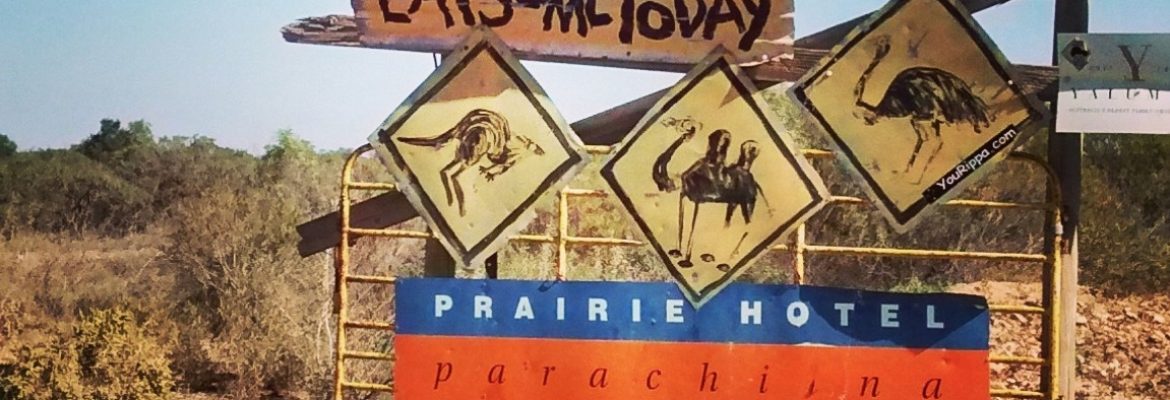One of SA’s most treasured parks, Flinders Ranges National Park is laced with craggy gorges, saw-toothed ranges, abandoned homesteads, Aboriginal sites, native wildlife and, after it rains, carpets of wild flowers. The park’s big-ticket drawcard is the 80-sq-km natural basin Ikara (Wilpena Pound) − a sunken elliptical valley ringed by gnarled ridges (don’t let anyone tell you it’s a meteorite crater!).
The only vehicular access to the Pound is via the Wilpena Pound Resort’s shuttle bus, which drops you about 1km from the old Hills Homestead , from where you can walk to Wangarra Lookout (another 300m). The shuttle runs at 9am, 11am, 1pm and 3pm. Otherwise it’s a three-hour, 8km return walk between the resort and lookout.
The 20km Brachina Gorge Geological Trail features an amazing layering of exposed sedimentary rock, covering 120 million years of the Earth’s history. Grab a brochure from the visitors centre. The Bunyeroo–Brachina–Aroona Scenic Drive is a 110km round trip, passing by Bunyeroo Valley, Brachina Gorge, Aroona Valley and Stokes Hill Lookout . The drive starts north of Wilpena off the road to Blinman.
Flinders Ranges National Park lies at the heart of the Flinders Ranges, a mountain chain in South Australia’s Outback. Its Wilpena Pound is a huge natural amphitheatre that encompasses the range’s highest point, St. Mary Peak. Arkaroo Rock and Sacred Canyon are sites of ancient Aboriginal art. Brachina Gorge’s cliffs shelter yellow-footed rock-wallabies. Bushwalking trails and campsites are found throughout the park.
Rugged mountain ranges, dramatic gorges, peaceful creeks lined with river red gums and abundant wildlife is just the beginning of what awaits you at one of South Australia’s most popular tourist destinations. Experience the park’s spectacular scenery along an excellent network of walking trails. This park is renowned for its Aboriginal rock art sites, geological history, impressive fossils and well-preserved cultural heritage.


